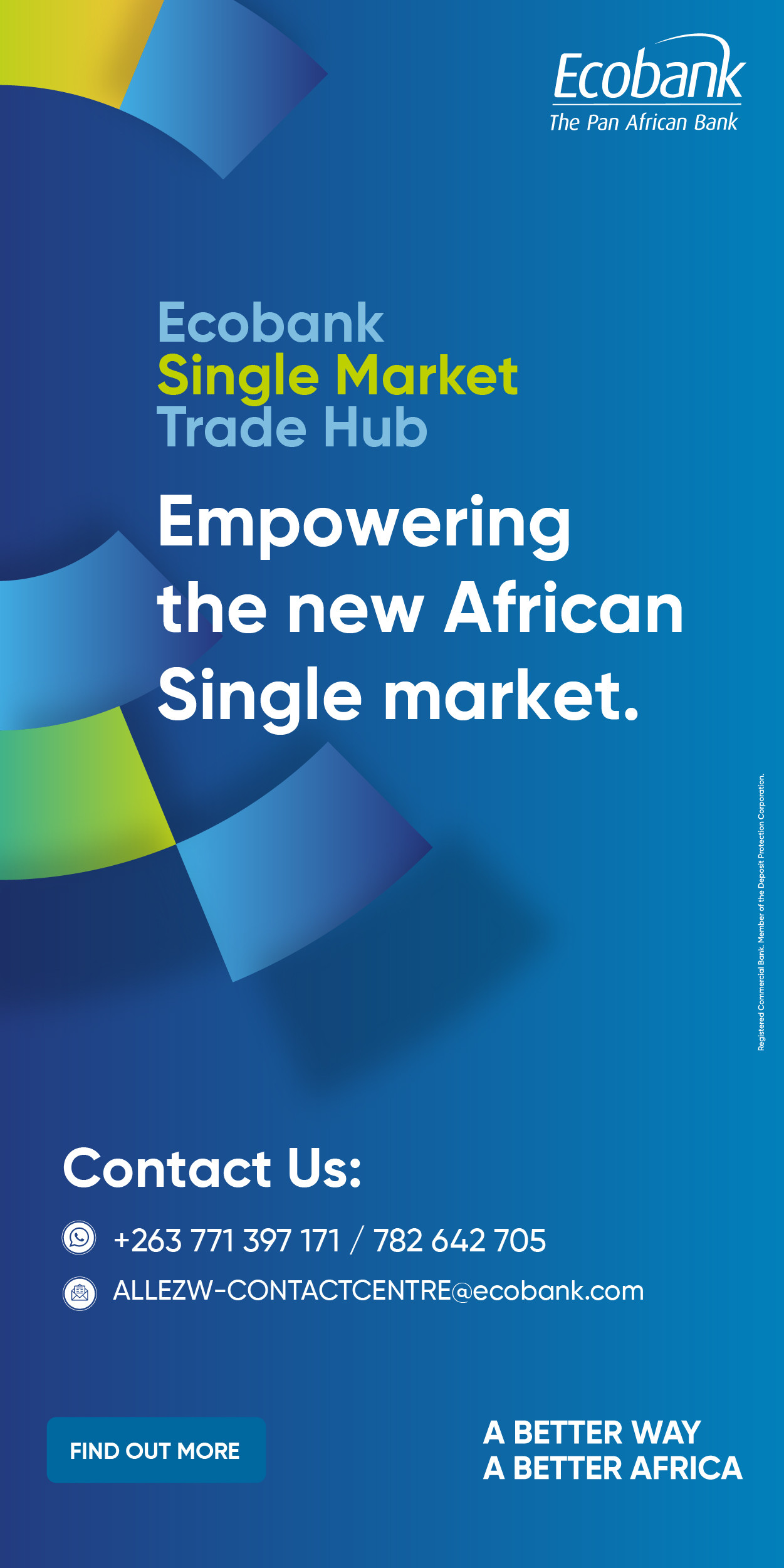- Zimbabwe’s gold sector is constrained by a major geological data gap, with exploration spending below 0.4% of the global budget, weakening investor confidence and long-term resource replacement
- Adopting CRIRSCO-aligned reporting standards, stronger QA/QC, and credible geological mapping are essential to de-risk projects and attract meaningful capital
- Zimbabwe’s world-class geology remains underutilised due to policy uncertainty, power challenges, and fiscal instability, issues that must be addressed to compete with Africa’s top exploration destinations
Harare -The presentation by Dr. Godknows Njowa at the Zimbabwe Gold Investment Conference 2025 offers a sobering yet strategically vital analysis of the intersection between mineral reporting, exploration, and investment attraction in Zimbabwe’s gold sector. Central to the argument is the foundational principle that reliable geological data and transparent reporting are non-negotiable prerequisites for attracting meaningful investment. This is not merely a technical concern but a matter of market confidence, as historical precedents like the Bre-X scandal demonstrate how misleading exploration results can erode investor trust and precipitate stringent regulatory reforms.
In Zimbabwe’s context, where systematic exploration has declined since the mid-1990s, the imperative to rebuild this trust through internationally aligned reporting standards such as those set by CRIRSCO is particularly acute. The country’s current exploration expenditure, while showing a recent uptick, remains marginal on the global stage, accounting for less than 0.4% of the worldwide budget. This indicates both a significant challenge and a substantial opportunity, suggesting that even modest increases in credible exploration activity could disproportionately enhance Zimbabwe’s attractiveness to global capital.
The analysis places Zimbabwe’s situation within a broader global and continental framework. Globally, the mining industry’ risk landscape has evolved, with operational complexity, rising costs, and capital access now dominating boardroom agendas. For a country like Zimbabwe, competing for a slice of the global exploration budget , which is heavily concentrated in established jurisdictions like Canada and Australia equires not only geological potential but also a stable and predictable operating environment. Within Africa, hotspots such as the Democratic Republic of Congo and Côte d'Ivoire have captured larger shares of exploration funding by demonstrating both mineral wealth and a degree of investor-friendly policy. Zimbabwe’s contribution to African exploration expenditure stands at a modest 2.5%, a figure that belies the renowned richness of its greenstone belts, which host the majority of its gold production. This disconnect between geological endowment and investment capture is the core dilemma the presentation seeks to address.
A critical insight from the presentation is the multi-year journey from discovery to production, a process that can span over a decade and demands patient, risk-tolerant capital. This long gestation period underscores why high-quality, early-stage data is so crucial; it de-risks the initial phases and provides investors with the confidence to commit. The document notes that several mining companies in Zimbabwe have recently allocated capital for exploration and development, with investments in projects like Shamva, Blanket, and Pickstone collectively amounting to tens of millions of dollars. These are positive signals, reflecting a belief in the sector’s potential. However, these individual company expenditures remain fragmented and are dwarfed by the exploration budgets of leading mining countries. The recent surge in Zimbabwe’s gold output to around 50 tonnes in 2024 is a testament to existing assets but raises questions about long-term sustainability without renewed discovery and resource replacement.
The path forward, as implied by the analysis, requires a concerted, two-pronged approach. First, there is an undeniable need for technical rigor. This involves a steadfast commitment to industry best practices throughout the resource estimation process, from secure chain-of-custody for samples to robust QA/QC procedures and the use of accredited laboratories. The competent person, as the ultimate guarantor of data integrity, bears a heavy responsibility in this ecosystem. Second, and equally important, is the policy and regulatory environment. The presentation explicitly links investment certainty to government action, suggesting that the first step for the state is to enhance the quality and accessibility of its own geological mapping and information. This public good provides the initial lure for early-stage exploration companies. Furthermore, persistent challenges related to power reliability, regulatory clarity, and fiscal stability must be addressed to prevent the sector from being perceived as excessively risky relative to its African peers.
In conclusion, Dr. Njowa’s presentation paints a picture of Zimbabwe’s gold industry as a sector at a crossroads. It possesses a world-class geological foundation but is hampered by a legacy of under-investment in systematic exploration and persistent non-technical risks. The analytical piece suggests that unlocking this "sleeping giant" requires a symbiotic relationship between industry and government. The industry must continue to professionalize its reporting and exploration practices to global standards, thereby building market confidence. Concurrently, the government must cultivate a stable, transparent, and supportive regulatory and macroeconomic landscape that makes Zimbabwe a compelling destination for the limited global pool of exploration capital. Without this alignment, the nation risks continuing to undershoot its potential, leaving its vast mineral wealth in the ground while other African nations advance.
Equity Axis News





